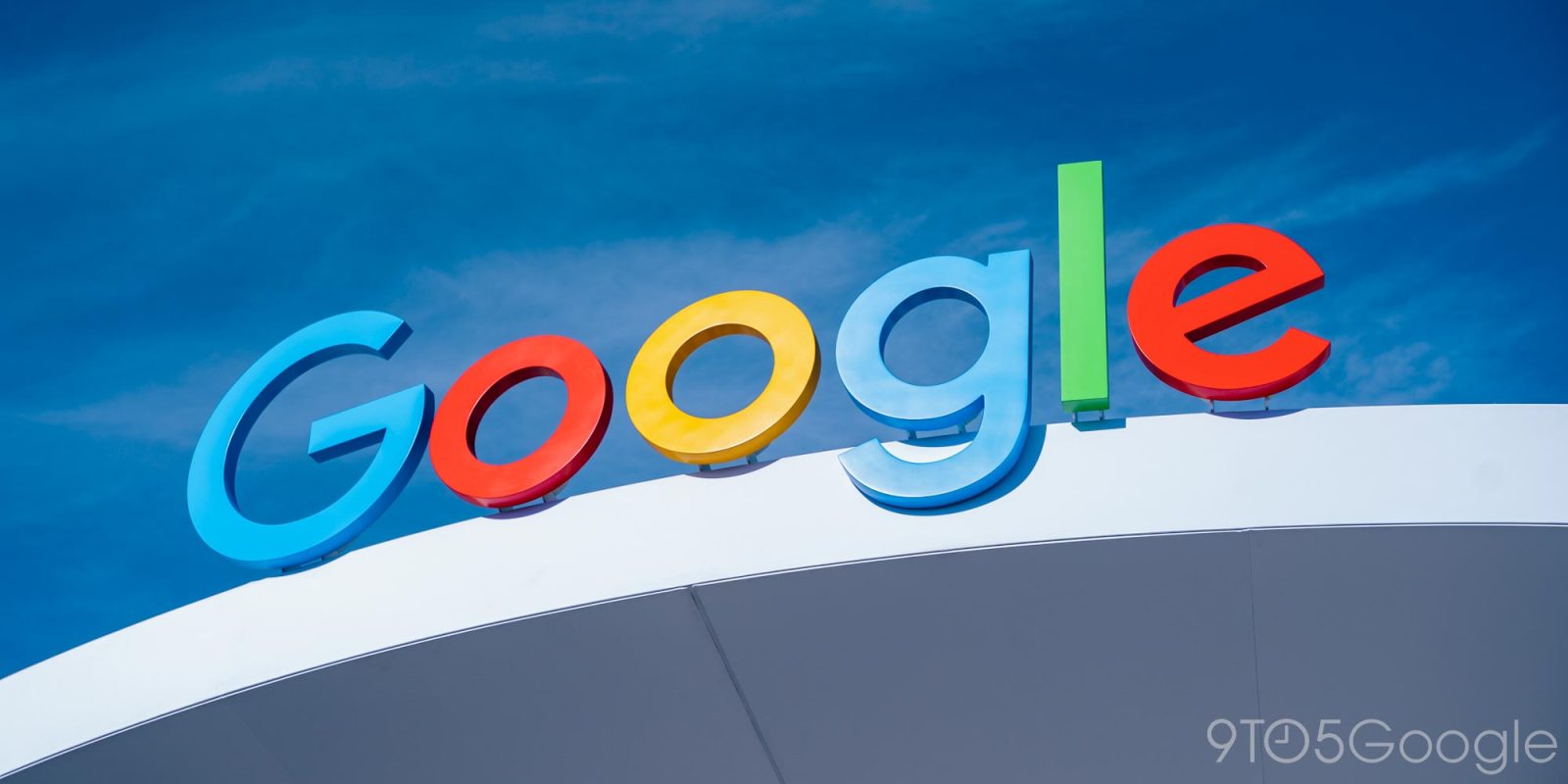
It remains to be seen how the new combined Android and Pixel division will actually work in practice, but this is what Google has said so far about its AI future.
Previously, Hiroshi Lockheimer led the “Platforms & Ecosystems” team responsible for Android (Auto, TV, Wear OS, XR, etc.), Chrome, and Chrome OS, as well as Google Photos. Meanwhile, Rick Osterloh has overseen the “Devices & Services” division from the beginning.
Having a unified team across Platforms & Devices will help us deliver higher quality products and experiences for our users and partners. It will help us turbocharge the Android and Chrome ecosystems, and bring the best innovations to partners faster — as we did with Circle to Search with Samsung.
Sundar pichai
There is now one combined “Platforms & Devices” team led by Rick Osterloh, who told The Verge today that AI is behind this change, and the merger “helps us to be able to do full-stack innovation when that’s necessary.”
To foster closer collaboration, a Google DeepMind vice president is joining Platforms & Devices. Of note is how existing Google Research teams working on computational photography and on-device intelligence is “moving over to join the new org to bring deep AI expertise across platforms and devices.”
According to Osterloh, the company’s AI division will do the research and his new team will make AI products. He provided two examples today about what closer collaboration allows for, starting with the camera:
“You had to have deep knowledge of the hardware systems, from the sensors to the ISPs, to all layers of the software stack. And, at the time, all the early HDR and ML models that were doing camera processing… and I think that hardware / software / AI integration really showed how AI could totally transform a user experience. That was important. And it’s even more true today.”
The other is GPUs, with deeper cooperation allowing the hardware and software teams to iterate faster.
In terms of what this might look like for end users, Osterloh wants to launch new products and update existing ones — as the AI models improve — at a much faster pace. CEO Sundar Pichai says the new combined team “will also speed up decision-making” internally.
“We can’t airdrop a new SOC into existing products,” Osterloh says. “But we can design for longevity, and then update our software frequently.”
That has been the case so far with the Pixel 8 (Pro) and how some AI features arrived a few months after it’s launch, with more expected over the life of the phone.
Updating…
FTC: We use income earning auto affiliate links. More.


Comments